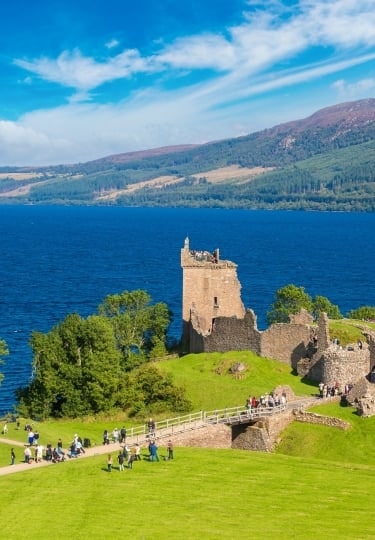Scotland’s rich cultural scene and spectacular landscapes are alluring year-round, but the best time to visit Scotland is from May to September, encompassing late spring, summer and early fall.
During these months, blue skies are much more common, outside events and festivals are in full swing, and with warmer temperatures, the magnificent mountain hiking trails are particularly inviting.
Visiting Scotland By Season
Summer
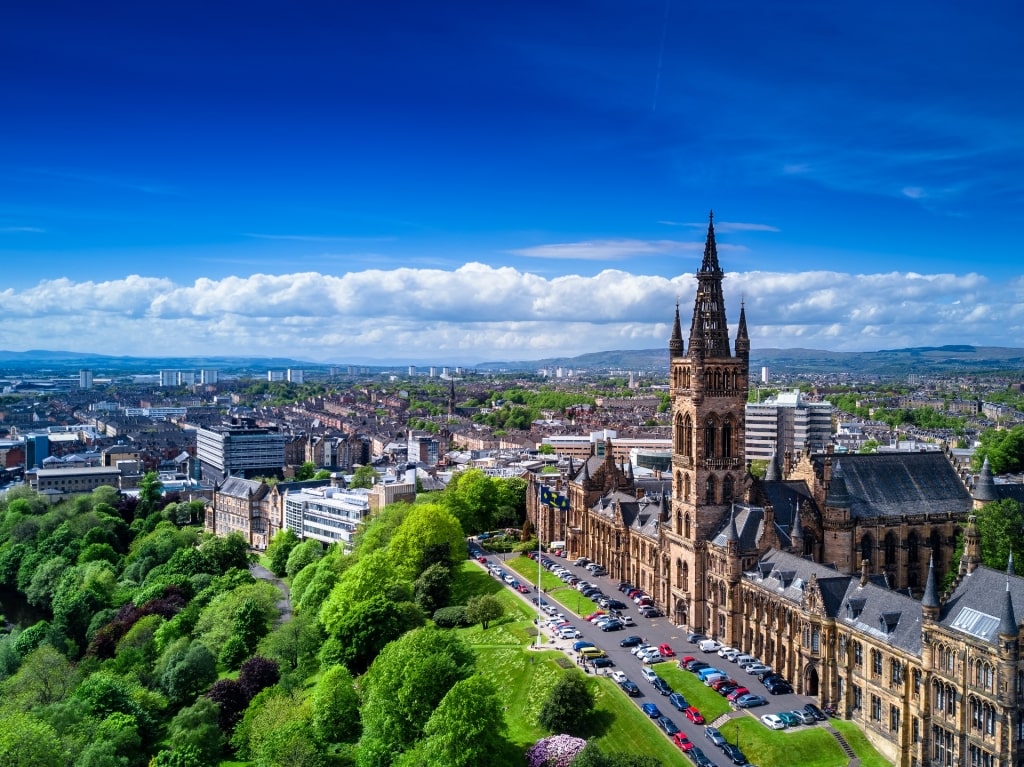
Glasgow
If you’re seeking long, bright days and plenty of outdoor activities, summer is undoubtedly the best time to go to Scotland.
During the season, from late June to late September, expect daytime temperatures to hover around 66°F (19°C) in Glasgow and 59°F (15°C) in Orkney.
The country’s varying latitude also means a vast difference in daylight during the longest days of the year, ranging from around 17 hours in Edinburgh to 19 hours in the Shetland Islands.
This is also the best time to visit the pristine beaches of Scotland. With the sun shining, you’ll find the crystal-clear cyan waters and white sands looking almost tropical, even if water temperatures are rarely above 55°F (13°C).
Even though the arrival of summer lures plenty of hikers to Scotland’s dramatic scenery, the endless untouched nature ensures an uncrowded spot can always be found.
Fall
Fall, from late September until November, is the best time to visit Scotland if you wish to admire the nation’s forests coming alive with copper and crimson foliage. With daily highs ranging from 48°F to 59°F (9°C to 15°C) in Inverness to 46°F to 55°F (8°C to 13°C) in the Shetland Islands, the weather is still pleasant, especially at the start of the season.
Still, even with showers increasing the closer to winter you visit, they are more likely to pass quickly, and the rains help bring Scotland’s famed verdant countryside back to life.
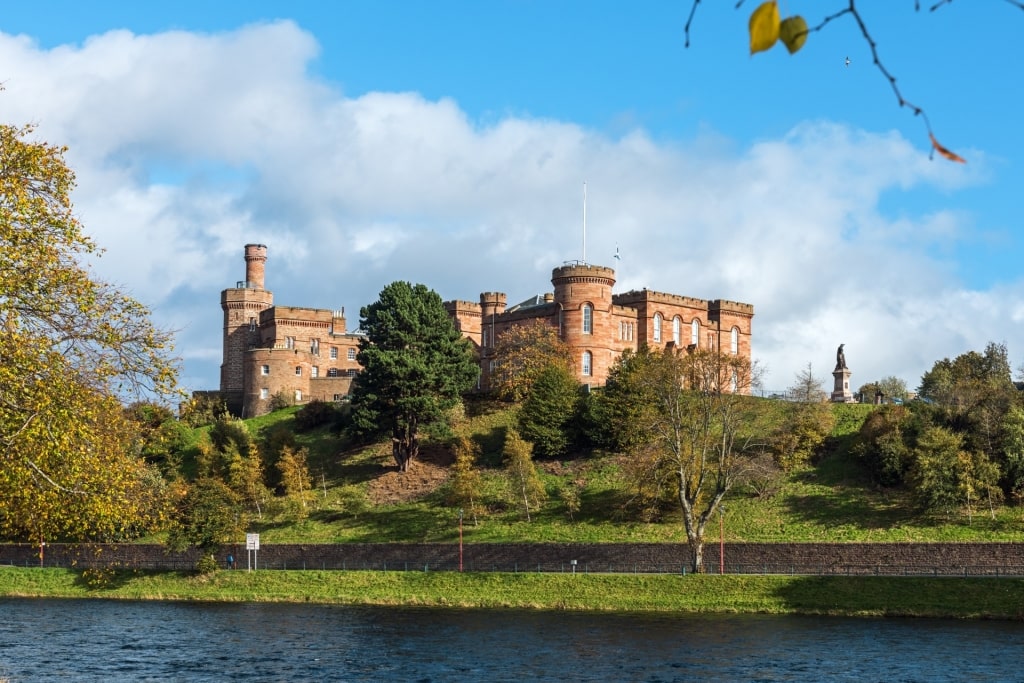
Inverness Castle
Winter
With temperatures usually hovering between 34°F and 43°F (1°C and 6°C) in Edinburgh and showers highly probable, winter (December until March) is certainly the coldest time to visit Scotland.
The harsh winter weather does have a few redeeming features, though, such as the chance to spot the Northern Lights at the country’s most northerly points, and the glorious coating of snow decorating the highest peaks.
Spring
Spring, from late March until late June, is the best time to visit Scotland for a rounded visit before popular attractions start getting busier. This is especially true later in the season, as May and June can actually be some of the sunniest months of the year.
If you’re planning to head into nature, the temperatures can still be a little nippy, with average highs ranging from 45°F and 55°F (7°C and 13°C).
Luckily, the wildflower-lined trails of bright yellow marsh marigolds, and the still snow-sprinkled mountains more than compensate for any chillier days. The chance to marvel at some of the country’s most famed glens (valleys) without an abundance of travelers is also a bonus.
When Is Rainy Season?
Scotland’s climate means cold showers can occur any time of year, and even in summer, the weather can be unpredictable. This is especially true in the wettest parts of the country, such as Lerwick, which can see around 200 days of rain annually, while the east of Scotland sees fewer rainy days.
Still, the bulk of the rainy season falls between late fall and early spring, with the heaviest showers usually between November and February. On a rainy day, there are countless museums, galleries, and attractions to visit should a short summer shower appear, even in the smaller island towns such as Kirkwall.
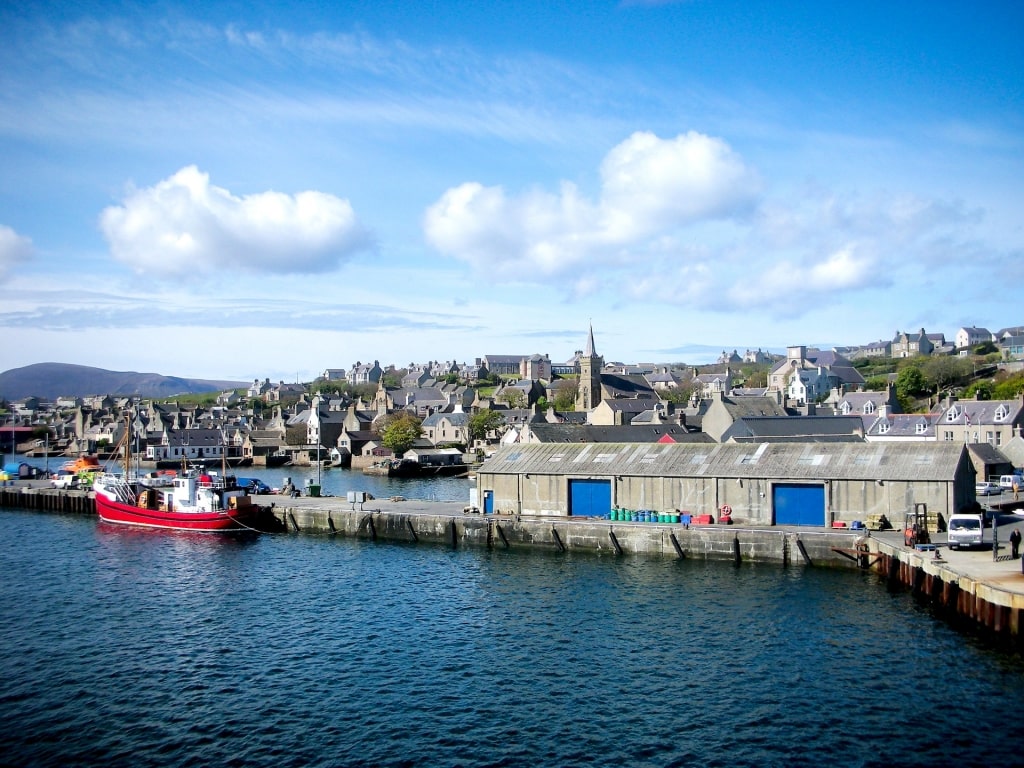
Kirkwall
When Is High Season?
The high season in Scotland begins around mid-June and ends in early September, after the school holidays. During this period, there are plenty of entertaining outside events to enjoy, such as Edinburgh’s world-famous Fringe and Shetland’s folk festival.
You’ll also find the temperatures are much more reliable and welcoming during the high season, making it the best time to explore Scotland’s magnificent munros (mountains), lochs (lakes), castles and islands.
If you’re keen to visit Scotland’s northern archipelagos, such as the Shetland or Orkney Islands, the calmer winds and warmer days are welcoming, even if they mean sharing the isles with a few more visitors.
Pack insect repellant if you’re visiting the Highlands in August, as midges can be a nuisance.
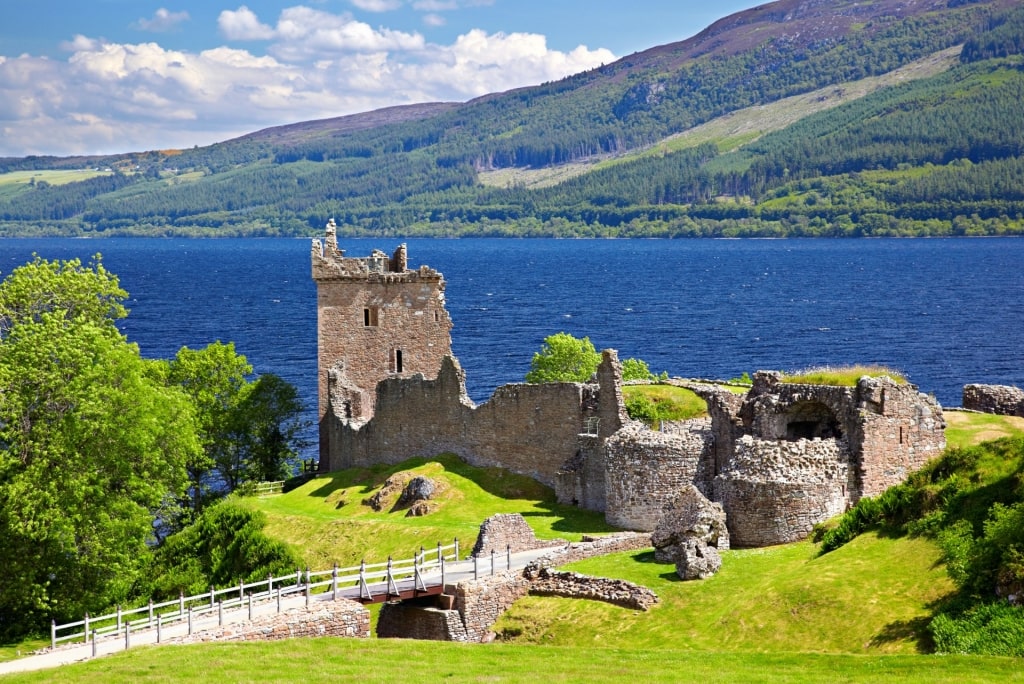
Urquhart Castle
When Is Shoulder Season?
Shoulder season in Scotland runs from April until June, before the summer crowds arrive, and returns in fall, from September until October, after the school holiday rush.
These months are the best time to go to Scotland if you don’t mind taking a small gamble with the weather in exchange for a more peaceful city, coastal or countryside visit.
With hiking trails, countryside pubs, and even the best cultural attractions less visited, you can soak in the country’s splendor without having to jostle for the perfect photo spot.
When Is Low Season?
Scotland’s low season runs from late October until March, although weekends can still be busy year-round in the main cities.
During these months, gray skies and the high chance of showers make visiting far less appealing, especially to the northern archipelagos, where strong winds, rough tides and poor weather can mean island-hopping is more challenging. You’ll also find that some island businesses close during these months.
In the lead-up to Christmas, however, Scotland’s main cities welcome plenty of visitors again, especially during the New Year celebrations, locally known as Hogmanay.
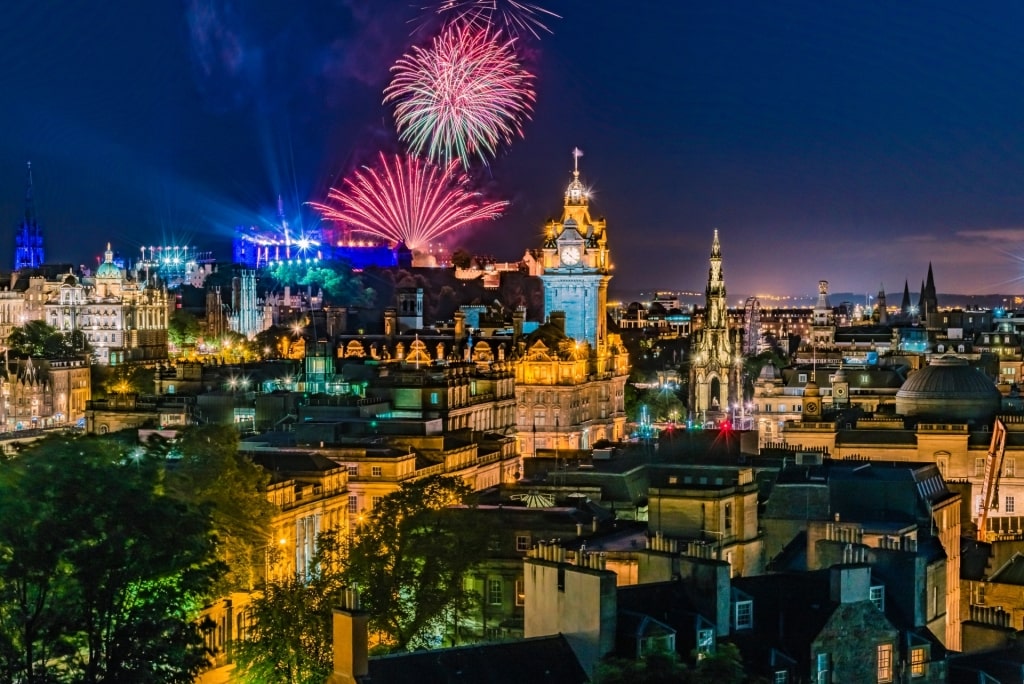
Edinburgh
Ready to witness Scotland’s breathtaking beauty with your own eyes? Browse Celebrity’s cruises to Scotland to plan your perfect vacation.
